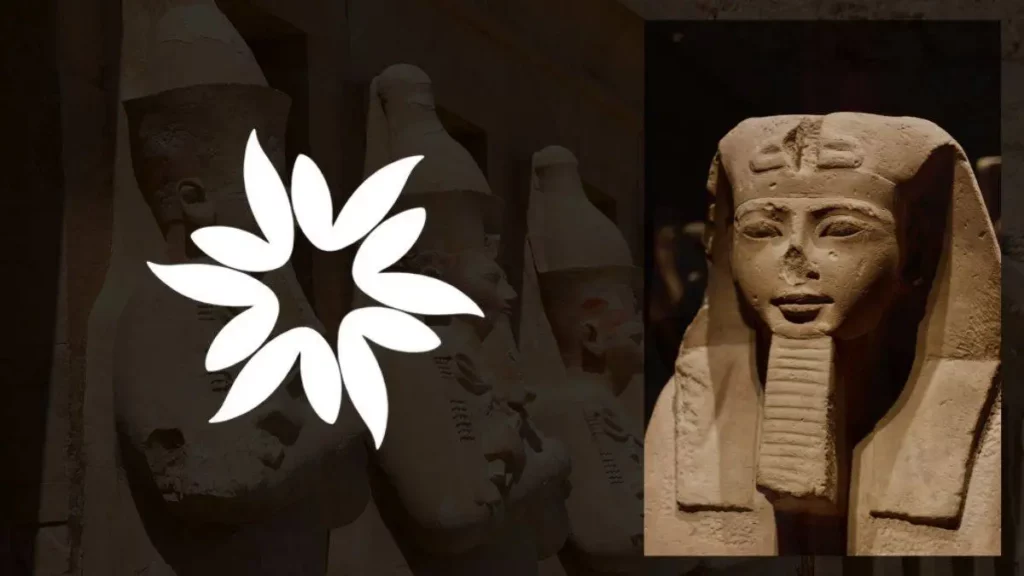Key Takeaways
- The 1955 Bandung Conference was a historic event, uniting countries from Africa, Asia, and the Middle East to address common concerns and aspirations, and promote self-determination and cooperation.
- The 10 Principles of Bandung, which include respect for human rights, sovereignty, and non-intervention, continue to guide the countries of the Global South in their pursuit of an independent path.
- The Non-Aligned Movement, established in 1961, has endured as a significant global force, distancing its members from superpower politics and fostering South-South cooperation.
- The Bandung spirit has inspired regional initiatives and contemporary diplomacy, promoting unity, friendship, and cooperation among the Global South.
- The Bandung Conference's legacy remains relevant today, as the Global South faces ongoing challenges such as climate change, poverty, and inequality, and seeks to foster collective action and sustainable development.
The 1955 Bandung Conference, held in Indonesia, marked a pivotal moment in the history of international diplomacy.
Leaders from 29 countries across Africa, Asia, and the Middle East convened to address their shared opposition to racism, colonialism, and the power struggles between the United States and the Soviet Union.
Seven decades later, the spirit of Bandung continues to shape global politics and inspire movements for self-determination and cooperation among the countries of the Global South.
Genesis of the Bandung Conference
Before the historic meeting in Bandung, two earlier conferences took place in Bagor, Indonesia, in 1949 and 1954.
These gatherings set the stage for the Bandung Conference, which aimed to provide a platform for the countries of the Global South to express their concerns and aspirations outside the influence of the superpowers dominating the United Nations.
The 10 Principles of Bandung
The attending nations agreed upon 10 principles at the Bandung Conference, which included respect for human rights, sovereignty, equality, non-intervention in other nations’ internal affairs, the right to self-defense, and abstaining from collective defense arrangements.
The principles also emphasized the peaceful settlement of disputes, cooperation between nations, and respect for justice.
These guiding values underscored the desire for self-determination and an independent path for the countries of the Global South.
The countries of the Global South continue to face ongoing challenges, including climate change, poverty, inequality, and the need for sustainable development.

The Emergence of the Non-Aligned Movement
In the wake of the Bandung Conference, the Non-Aligned Movement (NAM) was established in 1961 in Belgrade.
The NAM aimed to distance its members from the Cold War power struggles between the US and the USSR.
However, the US was hostile to the NAM, fearing that newly independent countries might be drawn to socialism.
Despite these challenges, the NAM has endured as the largest grouping of states after the United Nations, with 120 member countries.
Regional Initiatives for South-South Cooperation
Several regional initiatives have since emerged to foster South-South cooperation and solidarity.
These include the African Union, the Community of Latin American and Caribbean States (CELAC), the Association of Southeast Asian Nations, and the South Asian Association for Regional Cooperation, among others.
The recent proposal by CELAC to develop its own regional currency is an example of the ongoing ambition to chart an independent course for the Global South.
The Bandung Spirit in Modern Diplomacy
The principles of the Bandung Conference continue to influence contemporary diplomatic efforts, as seen in China’s recent 12-point peace plan to end the war in Ukraine.
This proposal, which shares similarities with the Bandung principles, exemplifies the spirit of unity, friendship, and cooperation that emerged from the 1955 meeting.
China’s Belt and Road Initiative further illustrates the Bandung spirit, promoting global collaboration and peace.
Globalization, Inequality, and the Struggle for Liberation
The Bandung Conference and the NAM helped pave the way for the Global South to counter the impacts of globalization.
While some countries, such as China, India, and Indonesia, have made significant progress, globalization has also exacerbated social and economic inequalities in the Global South.
The cooperation among these nations allows them to break free from the dominance of the US and former colonial powers, enabling them to pursue bilateral or multilateral discussions on shared challenges.
The Bandung spirit has also contributed to fostering self-confidence among the people of the Global South.
After centuries of slavery, colonialism, and marginalization, the development of a new self-consciousness and understanding of collective power has created a formidable force that challenges the established order.
The Future of the Bandung Spirit
The Bandung Conference and the NAM provided an important foundation for the Global South to assert its agency in the international arena.
As the world moves deeper into the 21st century, the legacy of the Bandung Conference remains highly relevant.
The countries of the Global South continue to face ongoing challenges, including climate change, poverty, inequality, and the need for sustainable development.
In light of these issues, the Bandung spirit has the potential to guide and empower the Global South in addressing these obstacles and fostering collective action.








